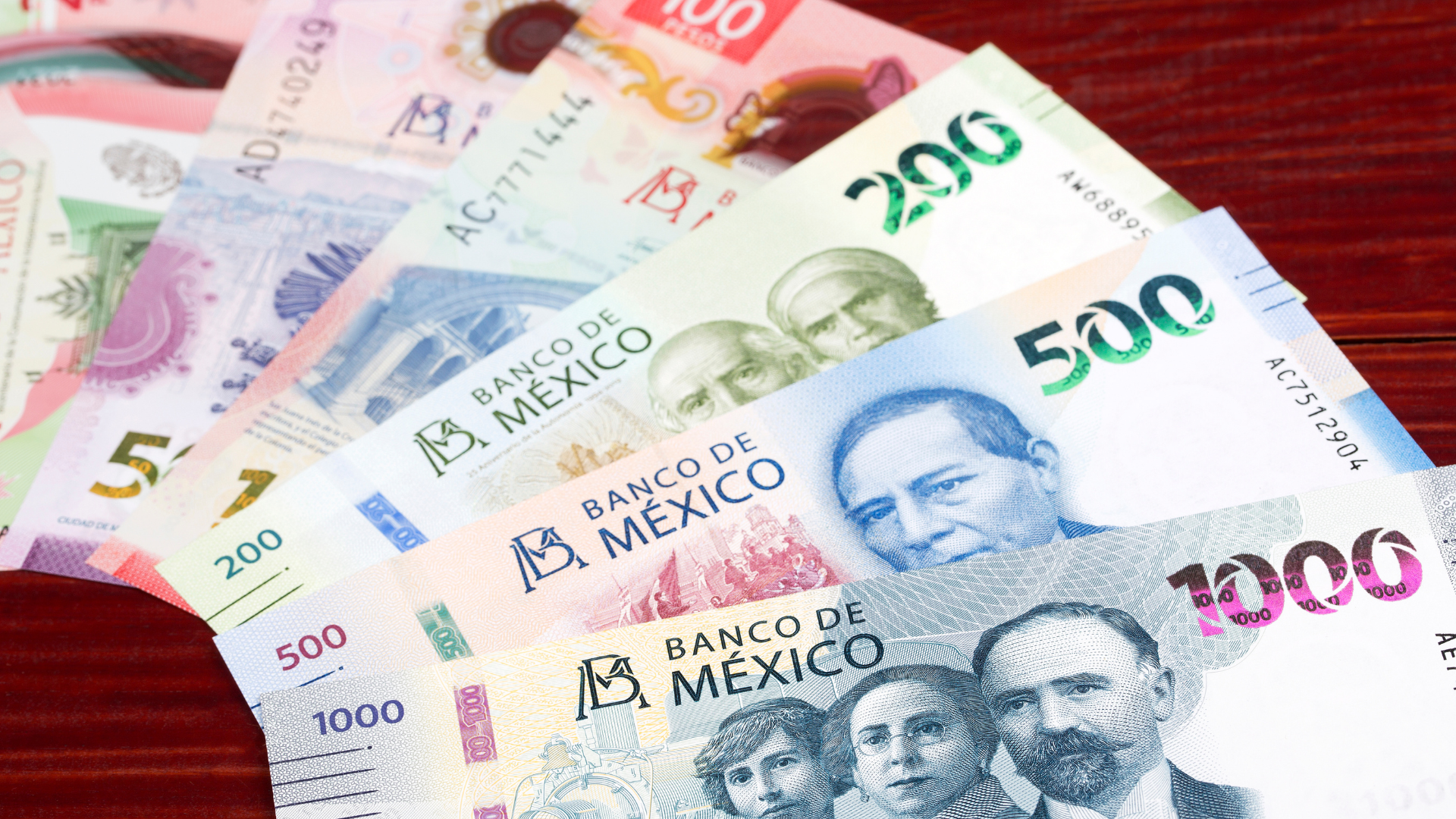The Australian dollar (AUD) weakened further against the US dollar (USD) on Wednesday, as higher US Treasury yields supported the greenback’s dominance in global currency markets. The decline in the AUD/USD exchange rate was driven by rising US yields, fueled by expectations of continued interest rate hikes by the Federal Reserve, making the dollar a more appealing option compared to the Australian dollar.
The spike in US Treasury yields has bolstered the USD, attracting investors seeking stability amid global uncertainty. The yield on the 10-year US Treasury bond reached a multi-month high, reflecting confidence in the US economy and increasing speculation of further tightening by the Federal Reserve. This has placed additional pressure on the Australian dollar, which is facing challenges from a weaker global outlook and softening demand for commodities.
The Australian economy, which depends heavily on commodity exports such as iron ore and coal, has also been affected by volatility in global commodity prices. As China’s economic recovery slows, demand for Australian exports has diminished, adding to the downward pressure on the AUD. The growing disparity between the Federal Reserve’s aggressive tightening and the Reserve Bank of Australia’s (RBA) more cautious approach has contributed to the widening gap between the two currencies.

(Source: FXStreet)
While the AUD remains under pressure, some analysts suggest that the outlook for the currency could improve if global commodity markets recover or if there is an uptick in demand from China. However, for the time being, the US dollar’s strength is likely to keep the AUD/USD exchange rate lower, with traders closely watching central bank actions and economic data for further developments.
With the US dollar continuing to benefit from rising yields, the Australian dollar may face further declines unless external factors provide some relief. As long as the Federal Reserve stays on its hawkish course, the AUD is expected to remain under pressure.






















